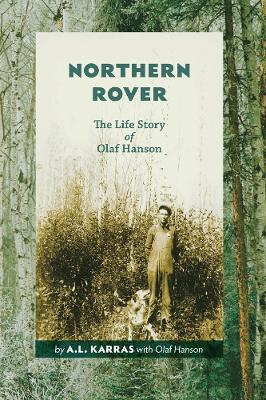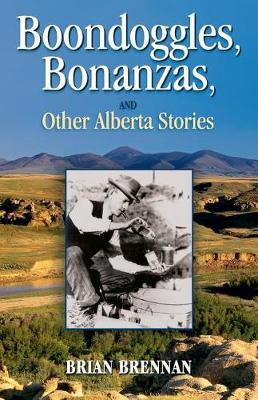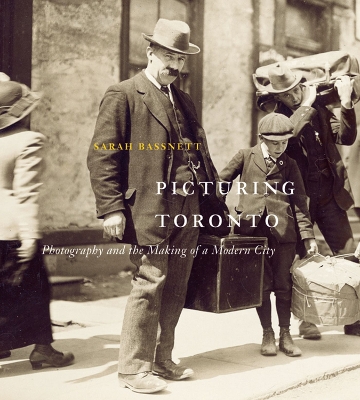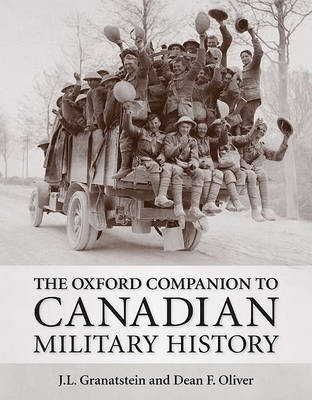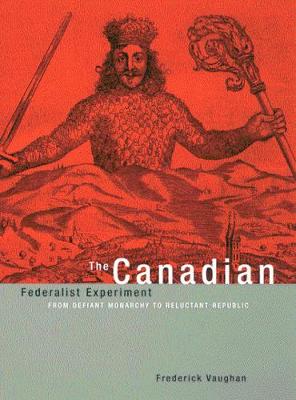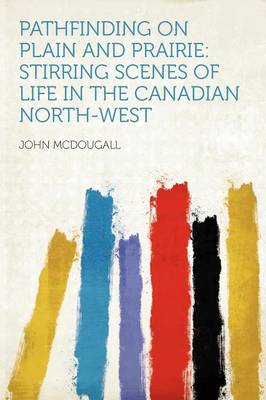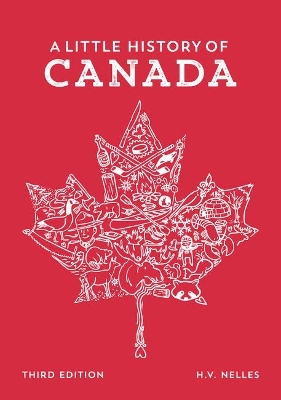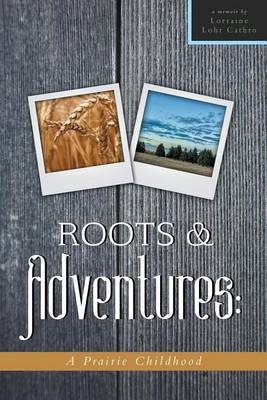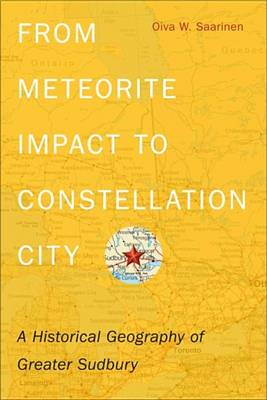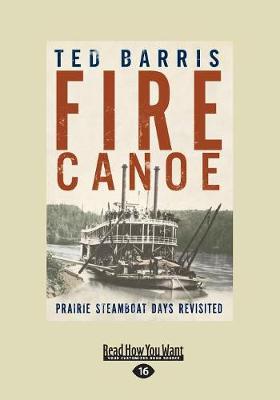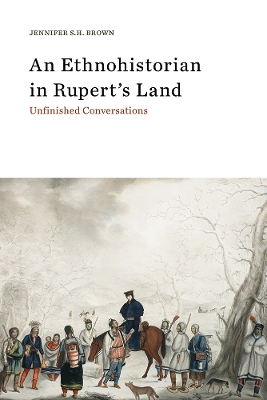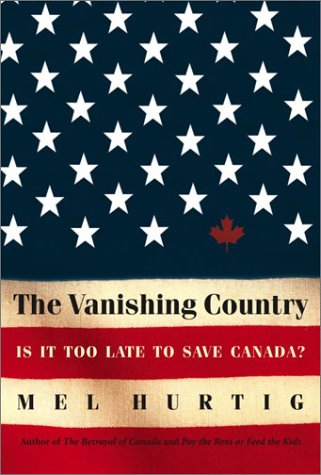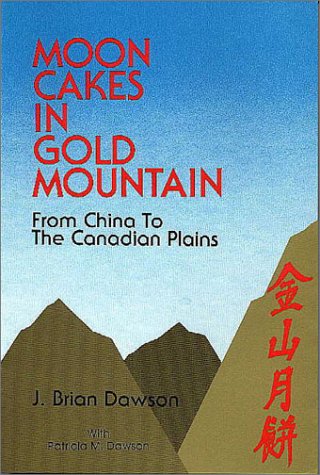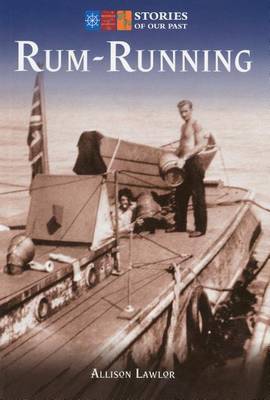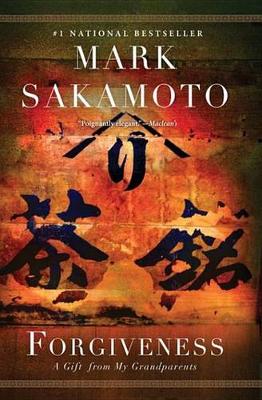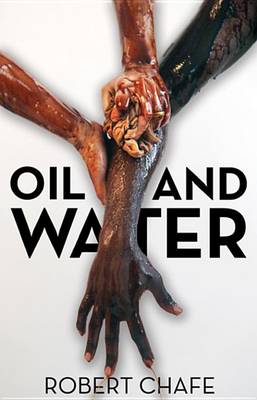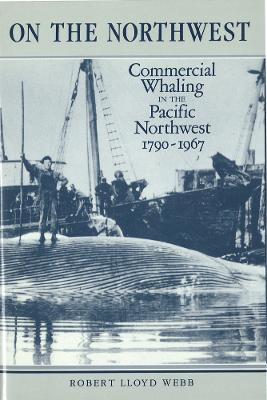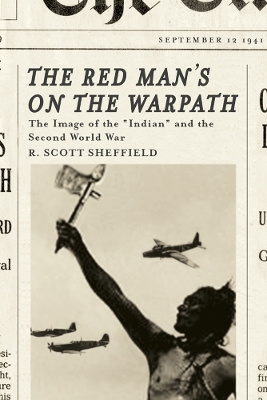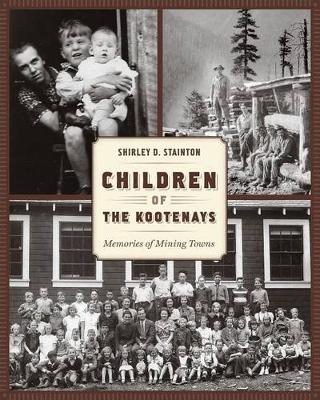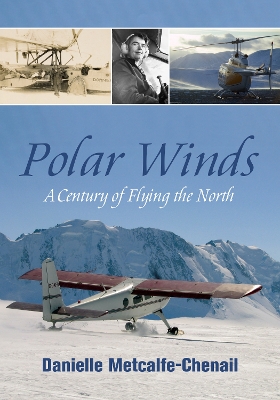From 1919 to 1970, Olaf Hanson was a trapper, trader, prospector, gameguardian, fisherman, and road blasting expert in northeasternSaskatchewan. He told his life story to popular Saskatchewan author A.L. Karras, who wrote this memoir in the 1980s.
Picturing Toronto (McGill-Queen's/Beaverbrook Canadian Foundation Studies in Art History)
by Sarah Bassnett
In 1911, when Arthur Goss was hired as Toronto's first official photographer, the city was at a critical juncture. Industry expansion and population growth produced pressing concerns about housing shortages, sanitation, and the health and welfare of citizens. Dispelling popular misconceptions, Picturing Toronto demonstrates that Goss and other photographers did not simply document the changing conditions of urban life - their photography contributed to the development of modern Toronto and shape...
The Oxford Companion to Canadian Military History
by Dean F Oliver and J.L. Granatstein
The Battle of Vimy Ridge, the Dieppe Raid, the Italian Campaign: the Canadian military has been indispensable to many of the greatest victories-and disasters-of our time. The evolution of Canada as a military power is chronicled here by military historians Dean F. Oliver and J.L. Granatstein in this authoritative and highly readable book. Their entries include concise biographies from James Wolfe to Louis Riel to Rick Hillier; key military-political issues like the conscription crises, war finan...
Details how the fathers of Confederation embraced the Hobbesean principles of the English constitution and embedded them in the new Canadian constitution in 1867
Pathfinding on Plain and Prairie (Applewood Canadiana)
by John McDougall
This lively and opinionated history is a whirlwind tour of the Canadian land and inhabitants from the earliest human occupation to the present. The country has undergone several fundamental changes - from Indigenous occupation, to French and British colonization, to the rise of an independent nation and distinct society - and it is doing so yet again. Fully revised, this updated 150th anniversary edition incorporates the latest research that helps us understand the course of history in Canada.
From Meteorite Impact to Constellation City: A Historical Geography of Greater Sudbury
by Oiva W. Saarinen
In this timely book, Stephanie Bangarth studies the efforts and discourse of anti-internment advocates, and discusses the various cases they brought before the courts, as well as the arguements Japanese Canadians raised in their own defence. These critiques of the governement's removal and deportation policies were seminal examples of a growing general interest in civil rights, and would provide a foundation for rights activism in subsequent years. This book offers valuable perspective for today...
The story of steamboating in the Canadian West comes to life in the voices of those aboard the vessels of the waterways of the Prairies. Their captains were seafaring skippers who had migrated inland. Their pilots were indigenous people who could read the shoals, sandbars, and currents of Prairie waterways. Their operators were businessmen hoping to reap the benefits of commercial enterprise along the shores and banks of Canada's inland lakes and rivers. Their passengers were fur traders, advent...
For four decades, Jennifer S. H. Brown has examined the complex relationships that developed among the newcomers to Rupert's Land and the existing Algonquian communities - who hosted and tolerated the fur traders - and later, the missionaries, anthropologists, and others who found their way into Indigenous lives and territories. The eighteen essays gathered in this book explore Brown's investigations into the surprising range of interactions among Indigenous people and newcomers as they met or o...
Is it all over for Canada? There are a number of thoughtful people who think so. Mel Hurtig, however, believes there is still a chance to reassert Canadian independence. But first, Canadians need to understand how much has been lost. Our politicians are not telling us. Our business leaders certainly are not telling us. And our media definitely are not telling us. The border dividing Canada and the United States has never been more fragile. Canada is vanishing. The evidence is available to those...
When the Second World War broke out, Ralph MacLean traded his quiet yet troubled life on the Magdalene Islands in eastern Canada for the ravages of the Second World War. On the other side of the country, Mitsue Sakamoto and her family felt their pleasant life in Vancouver starting to fade away after the Japanese attack on Pearl Harbor.Ralph found himself one of the many Canadians captured by the Japanese in December 1941. He would live out his war in a prison camp, enduring beatings, starvation,...
On the Northwest is the first complete history of commercial whaling in the Pacific Northwest from its shadowy origins in the late 1700s to its demise in western Canada in 1967. Whaling in the eastern North Pacific represented a century and a half of exploration and exploitation which involved the entrepreneurs, merchants, politicians, and seamen of a dozen nations.
During the Second World War, thousands of First Nations people joined in the national crusade to defend freedom and democracy. High rates of Native enlistment and public demonstrations of patriotism encouraged Canadians to re-examine the roles and status of Native people in Canadian society. The Red Man's on the Warpath explores how wartime symbolism and imagery propelled the "Indian problem" onto the national agenda, and why assimilation remained the goal of post-war Canadian Indian policy - ev...
Polar Winds traces a century of northern flight from balloonatics to bush pilots and beyond. "They were all gamblers and fortune seekers. They did things on their own - were independent people who wanted to be free to roam. They were good people, but, of course, some were loners or escapists. They all depended strictly on their wits." Joe McBryan, pilot and owner of Yellowknife-based Buffalo Airways, was talking about gold prospectors in the 1940s when he said this, but he could just as easil...


